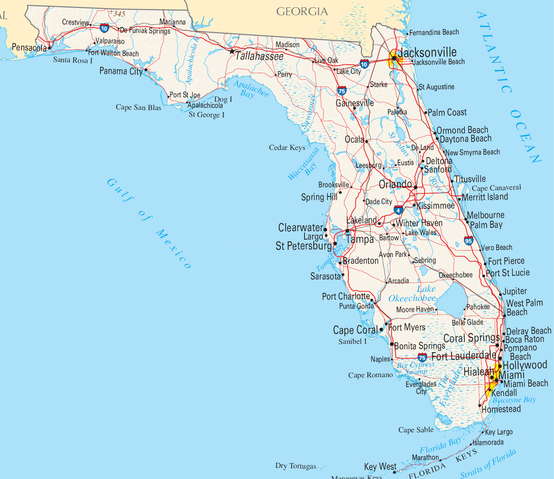The number of Vibrio vulnificus infections in Florida jumped to 33 cases as of Oct. 2, according to Florida Department of Health data.

That’s an increase in 10 cases since our last report on Sept. 21.
The breakdown of cases by county is as follows: Collier (5), Lee (4), Hillsborough (3), Sumter (3), two each in Charlotte, Citrus, Escambia, Santa Rosa and Volusia and one each in Brevard, Duval, Nassau, Okaloosa, Orange, Pasco, Pinellas and Polk counties.
In addition, five fatalities have been reported to date in Brevard, Collier, Lee, Orange and Santa Rosa counties.
Last year, Florida reported 46 cases, including 10 deaths.
Vibrio vulnificus can cause disease in those who eat contaminated seafood or have an open wound that is exposed to warm seawater containing the bacteria. Ingestion of Vibrio vulnificus can cause vomiting, diarrhea and abdominal pain. Vibrio vulnificus can also cause an infection of the skin when open wounds are exposed to warm seawater; these infections may lead to skin breakdown and ulcers.
Healthy individuals typically develop a mild disease; however, Vibrio vulnificus infections can be a serious concern for people who have weakened immune systems, particularly those with chronic liver disease.
Vacation Rentals in Beautiful Asheville NC from $100. Reserve Now at TurnKey Vacation Rentals.
The bacterium can invade the bloodstream, causing a severe and life-threatening illness with symptoms like fever, chills, decreased blood pressure (septic shock) and blistering skin lesions. Vibrio vulnificus bloodstream infections are fatal about 50 percent of the time. A recent study showed that people with these pre-existing medical conditions were 80 times more likely to develop Vibrio vulnificus bloodstream infections than healthy people.
Related:
- Alabama: Mobile County sees 7th Vibrio case in patient with necrotizing fasciitis
- Rat lungworm found in 5 Florida counties
- Florida leprosy tally reaches 12 in first half of 2017
- Canine flu in Florida update: Dogs were at Georgia and Deland shows
- Florida DOH encourages safe swim habits including Naegleria prevention



One thought on “Vibrio cases jump to 33 in Florida”